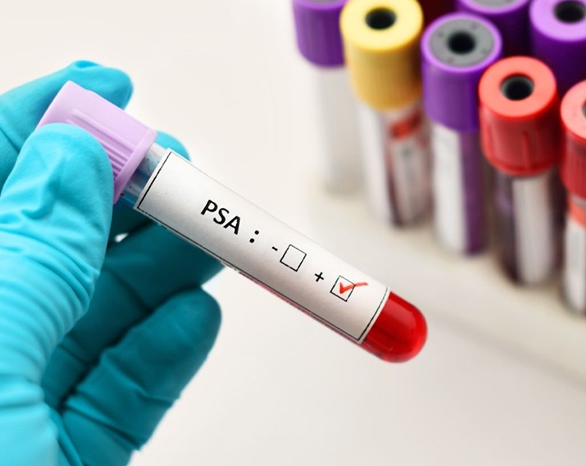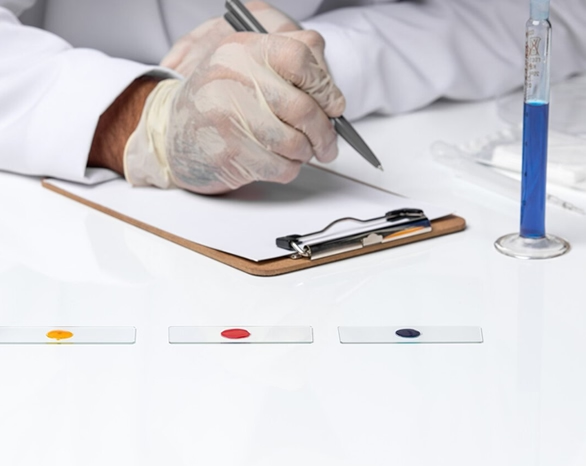Prostate Cancer Detection

There are two tests that can detect prostate cancer:
1 – A blood test to measure prostate-specific antigen (PSA) levels.
Annual cancer screening should begin at age 50 for the general population, although the age at which screening begins depends on a person's risk level.
2 – A physical examination of the prostate and a digital rectal examination (DRE).
A digital rectal exam is a quick, painless physical exam in which the doctor looks for abnormalities on the surface of the prostate that may indicate a growing tumor. The term “digital” refers to the use of a lubricated finger to perform the exam.
* Both tests should be performed simultaneously to increase diagnostic accuracy.
Considerations for prostate cancer screening:
• Annual screening should begin at age 50 for the general male population.
• Men who have at least one risk factor should begin annual screening at age 45.
• Men who have more than one risk factor should begin annual screening at age 40.
• Some men decide to take a single test at an earlier age, 35 or 40 years, to obtain a PSA (prostate-specific antigen) level, thus establishing a level for future comparisons.


Where to perform tests to diagnose prostate cancer:
Your primary care physician can perform both the PSA (prostate-specific antigen) test and the physical exam. If you cannot afford a doctor's visit, contact the hospital or clinic in your area to inquire about free tests.
Interpretation of Results Based on General PSA Regulations
• Normal:
0.0-4.0 nanograms/milliliter – considered safe
• Intermediate:
4.1-9.9 nanograms/milliliter – considered safe, but may suggest the possibility of prostate cancer so talk to your doctor
• High:
10.0+ nanograms/milliliter – is considered dangerous and you should talk to your doctor immediately
Meaning of high PSA levels
An elevated PSA alone does not automatically mean prostate cancer is present.A digital rectal exam (DRE) should always accompany a PSA blood test because they detect prostate problems, such as cancer, when used together.
Higher PSA levels can be caused due to:
Advanced age, older age
Prostate injury
Prostatitis
Pressure in the penis area to the rectum
Sex within 24 hours of taking the PSA sample
Urinary tract infection
Testosterone supplements
Meaning of high PSA levels
In general, a low level is positive.
However, even men diagnosed with prostate cancer can have low PSA levels due to dilution.